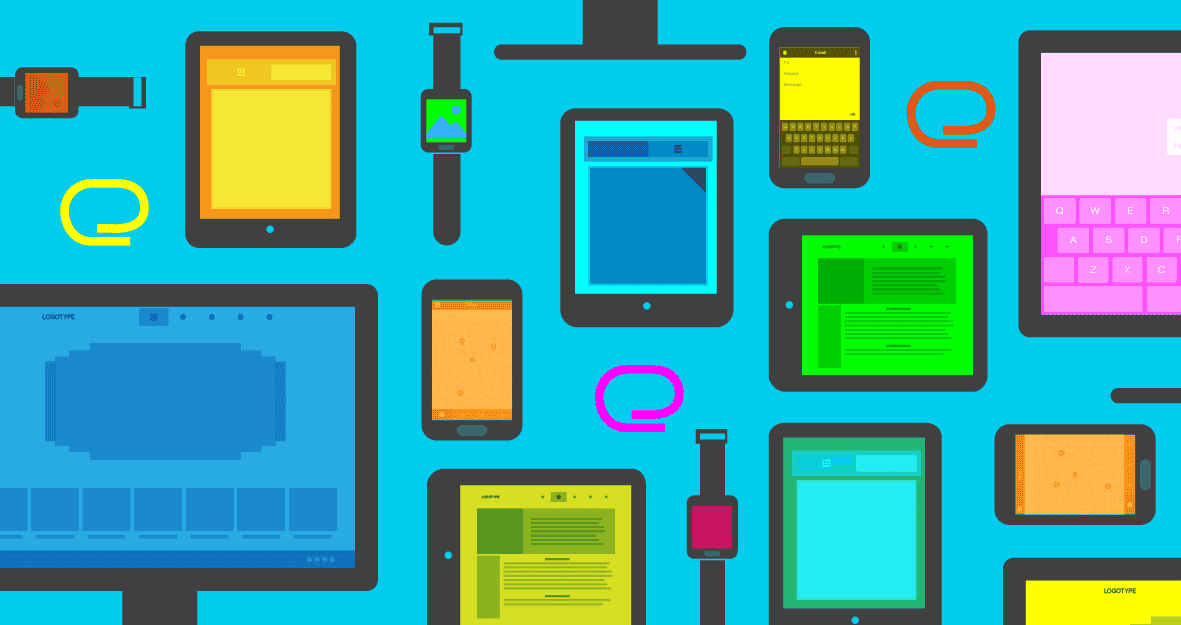Content
How the IoT Will Redefine Content for Commerce
March 26, 2015

This blog post is Part 3 of a 3-part series on the role of Internet of Things with marketing by Jason Grunberg, Director of Content & PR, and Ian White, CTO & co-founder. Read Part 1 and Part 2.
With big data comes big responsibility. Data allows a brand to understand its customers and their wants, and no matter the product or its price point, data is key to implementing an effective marketing strategy. The Internet of Things will see everyday objects become more connected and involve greater connectivity between businesses, as well as businesses and consumers. Conceivably, almost all devices will eventually be connected and fully integrated with each other as the Internet of everything expands, and so will the incredible wealth created by a long-term customer data asset for brands.
For marketers, the data the IoT will bring is going to be a powerful tool for redefining the customer experience. You’ll get to know individual consumers more and more over time outside of how you already connect with them directly. This, in turn, will give you the ability to create the right experiences for each customer and translate relationships to revenue.
Sounds great in theory, right? But, how will this go down? For me, it’s content. And that’s not just because I’m a content marketer by trade. When I think about the brands that I’m closest to today – such as Food52 and Thrillist – what they have in common is that they seamlessly blend content and commerce. For these brands it’s already not just about selling new products and services, but also about fostering more meaningful customer relationships. With more devices that connect consumers and businesses will come the ability to harvest an incredible amount of data that can propel a brand forward via smart, targeted content creation and distribution. Not convinced? According to reports, some 40% of Food52’s ecomm sales originate from content. Our bet is that as the IoT takes shape, the combined content and commerce business model will flourish.
Powering Content Through Data
As a business model, mixing sales and information makes sense. It’s been clear for some time that high quality, persuasive and absorbing content can spur consumer activity better than a hard sell. But balancing valuable information and a call to buy in an honest way without exposing a hidden marketing agenda is a difficult course. Most companies make the mistake of downplaying the content in favor of the sales effort; in so doing, they devalue the information so thoroughly – making the material amateurish and trite – that in most cases it likely repels more readers than it converts into customers.
The key to striking the right balance is to use data as the foundation. By understanding your individual customers – both in behavior and interest – you’ll have the foundation you need to create content that makes sense both from the outside-in and the inside-out. By connecting with other brands that have a point of entry into the IoT through the connected home or connected car, for example, you’ll gain from never-before-tapped data sources to tell better stories. For consumer brands already using content as a lead gene, the IoT will provide even more data to use as the foundation to produce content relevant videos, articles, blog posts and social fodder. For those brands that have yet to begin to focus on content, you’ll enter into the arena fully loaded. In both cases, the next step will be to look towards personalization to connect the right content to the right user based on who they are and how they engage.
Take Sailthru client, Acumen Brands, for example. The brand family owns CountryOutfitter.com, which sells cowboy boots and other related lifestyle products. Cowboy boots aren’t something you buy every month, or even every year, so the brand tested a content-centric treatment to email marketing campaigns. In the short-term, the test group showed a dip in conversion. Which is expected because promotion pushes product. But over the long haul, the test group demonstrated higher purchase frequency and average order value. This is just one example of how an ecommerce brand that may not have included content in their marketing mix in the past, can do so in the future.
The Power of IoT Data for Non-D2C Brands
For brands that sell products and services solely or partly through third-party retailers, data accessed via the IoT will make the gap of creating a relationship with customers through personalized experiences much smaller.
An appliance company, like Whirlpool for example, will have intimate knowledge of how consumers use their products – from washing machines to refrigerators. They can use this information to power content marketing. For those consumers who over pack their dryer, to those who leave the fridge door open, content can not only aid the consumer, but can also create points of engagement that the brand never had a reason to previously create and send via email, mobile, social and other digital channels.
Think of all the brands that will have the opportunity to teach their customers something new, make lives easier and strengthen customer relationships.
Content marketing is about the value proposition that a brand brings to its customers. The more connected a brand is with its customers, the better that brand will be able to market itself and the IoT will help every brand adopt an increasingly customer-centric mindset in their business.
–Jason Grunberg, Director of Content & PR at Sailthru
The State of Brand Loyalty in the U.S. in 2023
Related



